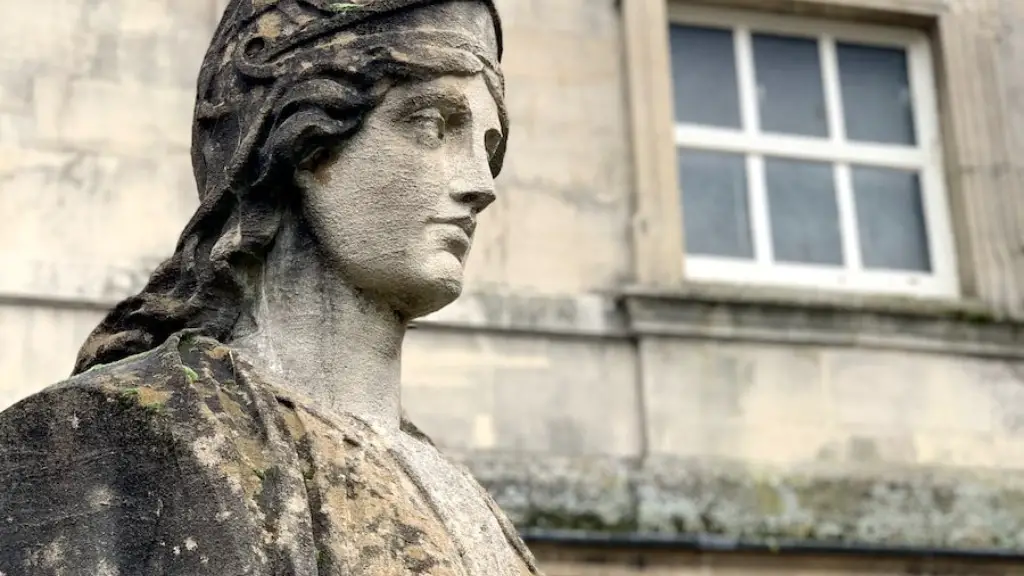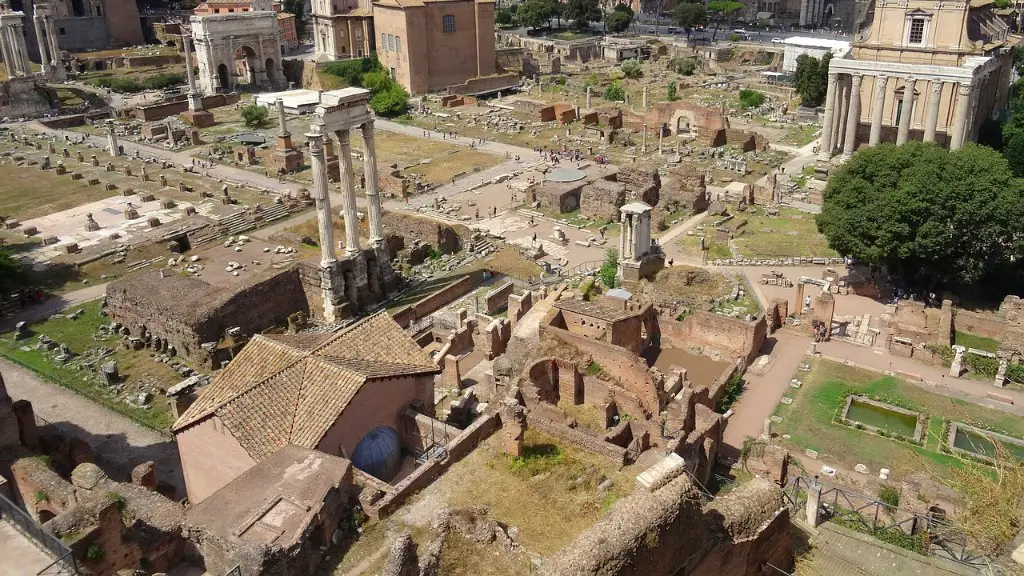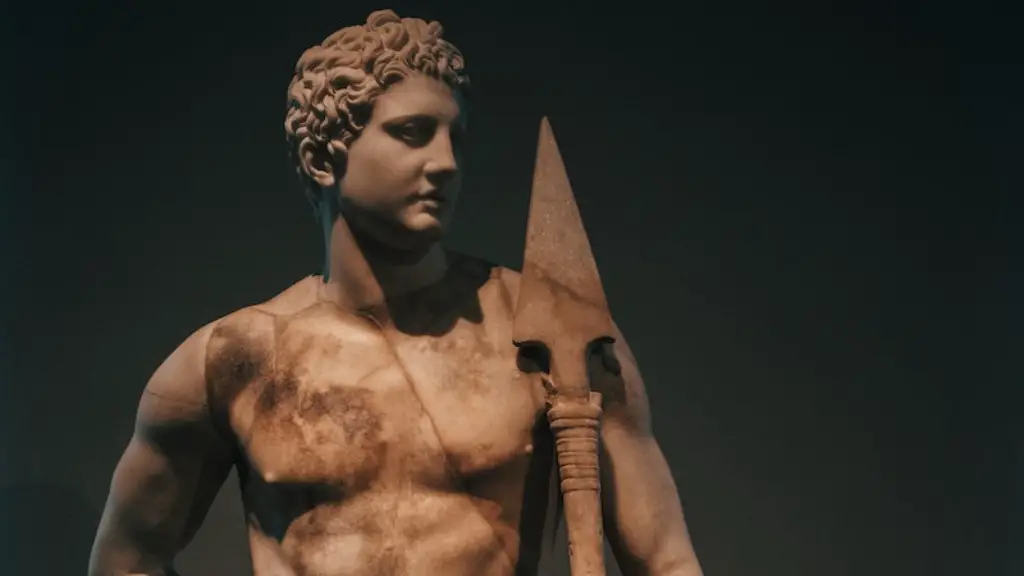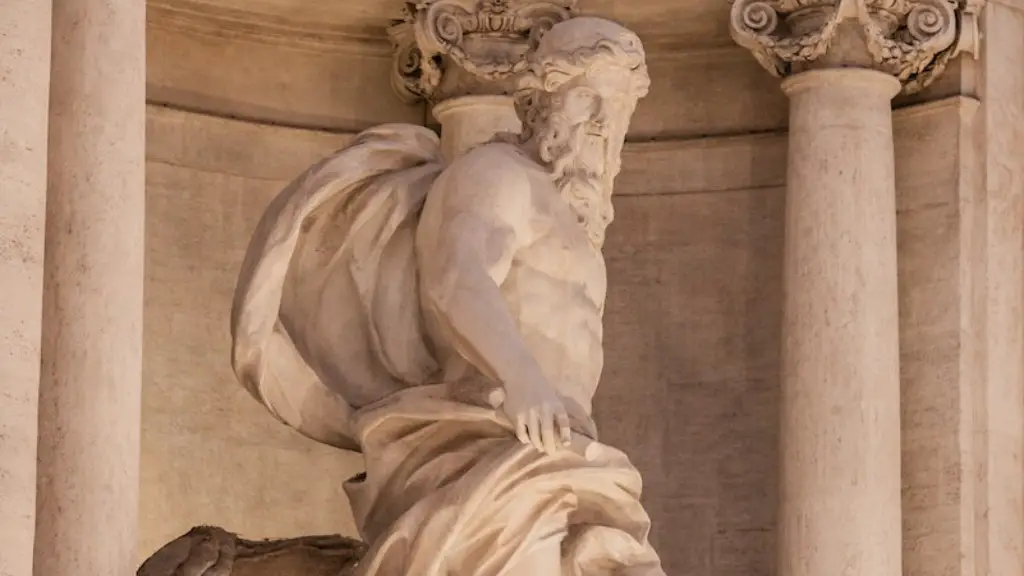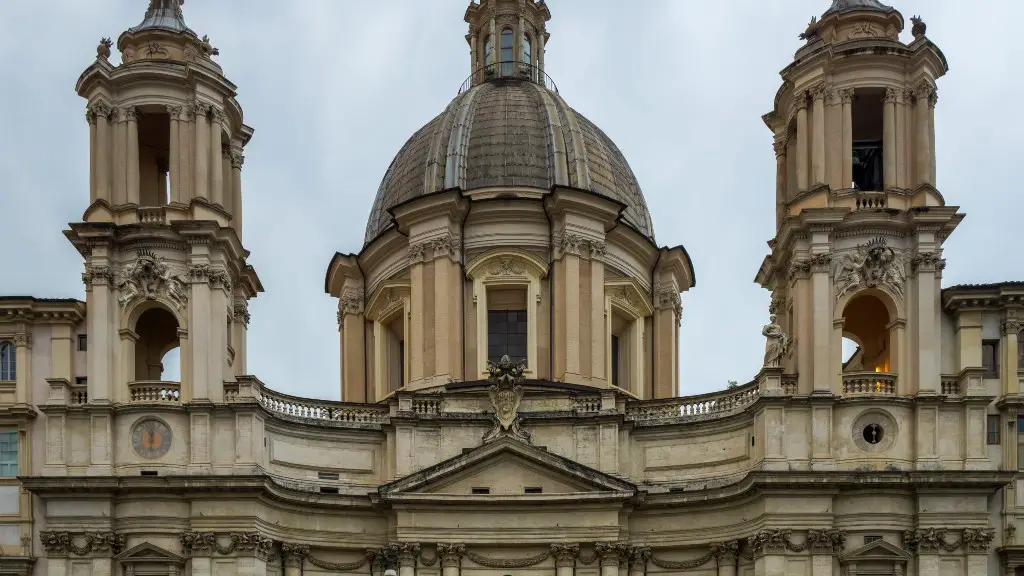Bread and circuses was a term used in ancient Rome to describe the Emperor’s policy of providing free food and entertainment to the people in order to keep them happy and content. This was seen as a way to prevent revolution and keep the people from rebelling against the government. The term is still used today to describe any government policy that is designed to keep the people happy and content without actually addressing their needs or solving their problems.
In ancient Rome, “bread and circuses” was a metaphor for the way that the ruling class kept the masses content and pacified. The phrase suggests that if the people were given food (bread) and entertainment (circuses), they would not care about anything else and would be content to remain under the rule of the ruling class.
Why did the Romans give the poor bread and circuses?
The Roman emperors knew that keeping the poor fed and entertained was one way to keep them happy and prevent them from causing trouble. So, they made sure to provide “bread and circuses” – food and entertainment – for the masses. In addition to the many festivals held throughout the year, both rich and poor would flock to see the gladiator games and chariot races held in large public arenas like the Colosseum.
The Roman circus was a large open-air venue used for public events in the ancient Roman Empire. The circuses were similar to the ancient Greek hippodromes, although circuses served varying purposes and differed in design and construction. The Roman circus was used for horse and chariot races, and for public spectacles such as gladiatorial fights, animal hunts, and executions. The first circus in Rome was built by Julius Caesar in 46 BC, and the first Roman race was held in the circus in 27 BC. The circus was a large oval or rectangular arena, with a central track or arena surrounded by tiered seating for spectators. The circus was built of wood or stone, and sometimes had a canvas awning to protect spectators from the sun.
What is the origin of the term bread and circus
The phrase “bread and circuses” is often used to describe a government or society that is more concerned with providing its citizens with material comforts and entertainment than with addressing serious issues. The phrase comes from a line in Satire X, a poem by Roman poet Juvenal, who was writing at around 100 AD. In the poem, Juvenal critiques the Roman elites of his day, who he believes have become more interested in maintaining their own power and luxury than in governing the country.
Bread and circuses is a term used to describe something, usually extravagant entertainment, offered as a way to pacify discontent or divert attention from a source of grievance. The term is derived from the ancient Roman practice of providing free bread and entertainment to the public as a way to keep them content and distracted from more pressing issues. While the term is often used in a negative light to describe how governments pacify their citizens, it can also be used more generally to describe any situation where something is offered as a way to distract from a more serious issue.
What were Roman circuses used for?
Roman circuses were the most important centres of entertainment in the Roman cities, apart from the theatres and amphitheatres. They were extended precincts in which the public games were held, consisting of chariot races and different spectacles. The first Roman circus was the Circus Maximus, which was built in Rome in the 6th century BC. It could accommodate up to 150,000 spectators.
The Circus Maximus was the most famous entertainment venue in Rome. It was used to stage chariot races, gladiatorial displays, animal hunts and fights, and the Ludi Romani – the Roman Games. The latter was sponsored by rich and powerful Romans to honour the gods or to celebrate a victory in battle. The Circus Maximus could accommodate up to 150,000 spectators, making it the largest amphitheatre in the world.
What is a circus a metaphor for?
A circus is often thought of as a chaotic and hectic place, which can be a good metaphor for life. Life can be full of surprises and unexpected events, just like a circus. This metaphor can remind us that life is always changing and we need to be prepared for anything.
A circus is a large arena enclosed by rows of seats, where a variety of exhibitions are performed, including acrobatic feats, wild animal displays, and clown performances. The circus has been a popular form of entertainment for centuries, and is still enjoyed by people of all ages today.
What was bread called in ancient Rome
Roman people did not have bread, they used to eat a kind of focaccia named “puls” and made with an ancient variety of spelt flour. Spelt in ancient Latin was named Farrus, so the word “farina” is probably coming from this recipe.
The word circus came from the English word circle. The word circle was the shape of the amphitheater that Astley constructed for his acts. However, the word circus was credited by his former employee, Charles Hughes, who introduced the Royal Circus in 1782 in London.
Did bread and circus become Whole Foods?
At the time of its acquisition by Whole Foods Market in 1992, Bread & Circus was the largest natural food retailer in the Northeast. The company had been in business for 12 years and operated nine stores in the Boston area. Whole Foods Market was attracted to Bread & Circus because of its strong brand, experienced management team, and loyal customer base.
The “bread and circuses” policy is one way to keep people happy and content so that they won’t rebel against those in power. By providing food and entertainment, people are less likely to want to overthrow the government or cause any trouble. This policy can be seen throughout history and is still used in some places today.
How did the Romans use bread and circuses
The grain dole was a law passed in 140 CE that gave out cheap food to poorer citizens in order to keep their votes. This was a very effective way for politicians to rise to power, as it provided them with a solid base of support. However, it was also very expensive, and eventually led to the decline of the Roman Empire.
The Circus Maximus was first built in wood, but after many fires and many lives being lost, Trajan decided to rebuild it entirely in stone. This made a huge improvement in the safety of the structure and the people who came to enjoy the entertainment.
What was the first Roman circus?
The Circus Maximus was the largest stadium in ancient Rome and could seat up to 250,000 people. It was used for horse and chariot races, as well as for public entertainment such as plays, musical performances, and public executions. The track was about 500 meters long and 50 meters wide, and the seating area was divided into three sections: the ima cavea (front section), media cavea (middle section), and the summ a cavea (back section).
The phrase “bread and circuses” refers to the idea that politicians can maintain public approval by providing them with simple pleasures and distractions. This concept comes from the Roman poet Juvenal, who used it in his poem Satire X. Juvenal believed that the people were easily pleased and could be kept happy as long as they had food to eat and entertainment to watch. While this may have been true in his time, it is not necessarily true today. People are more complex and sophisticated than they were in Juvenal’s time, and they require more than just bread and circuses to be satisfied.
Final Words
Bread and circuses was a term used to describe the way that the ruling class in ancient Rome kept the populace happy and content. The government provided free grain and entertainment in the form of public games and events. This kept the people happy and distracted from any thoughts of revolt or uprising.
Bread and circuses was a term used in ancient Rome to describe the government’s strategy of keeping the people happy and content with enough food and entertainment. This allowed the ruling class to maintain power and control over the masses. While this may have been an effective strategy in the past, it is not a sustainable or ethical way to run a government.
